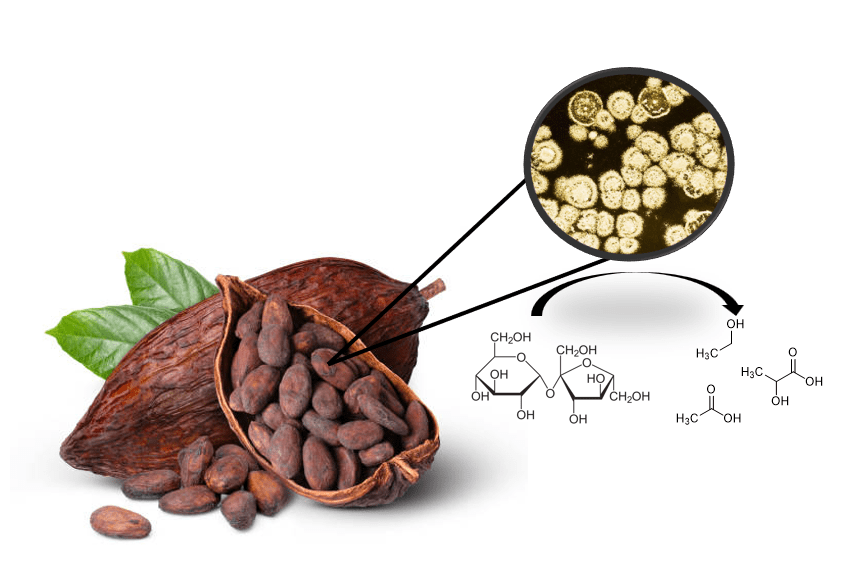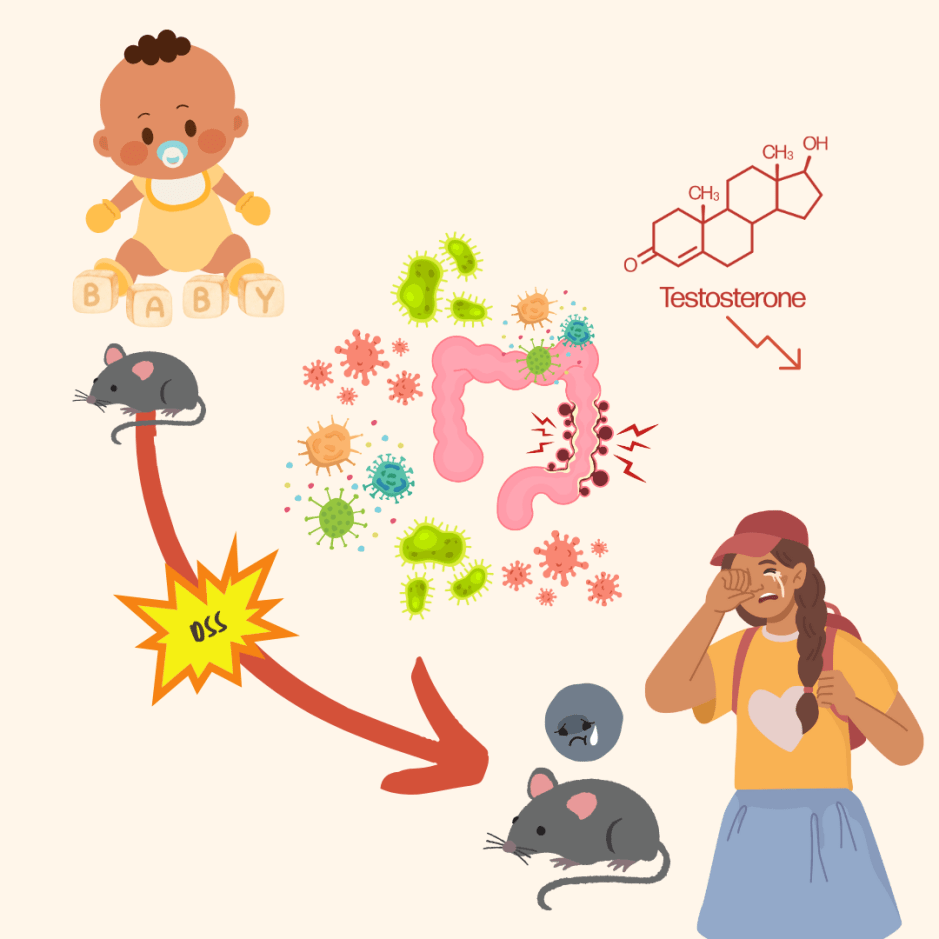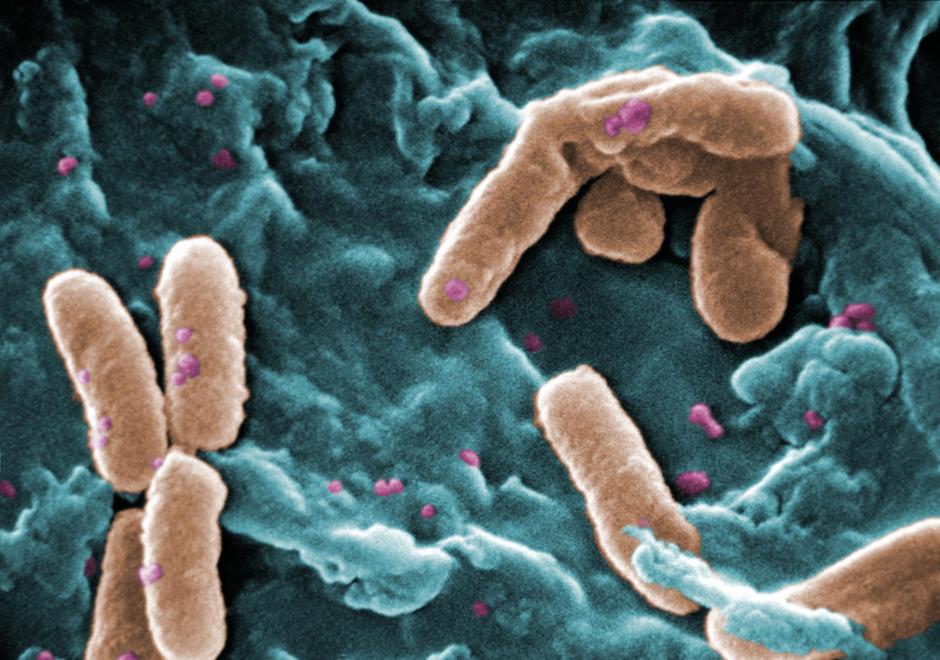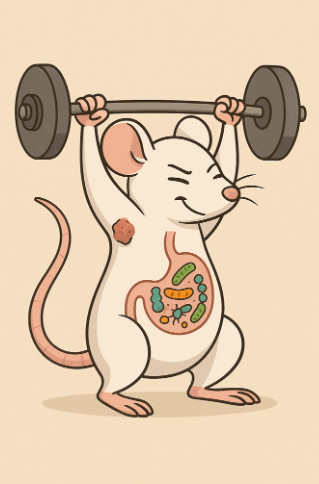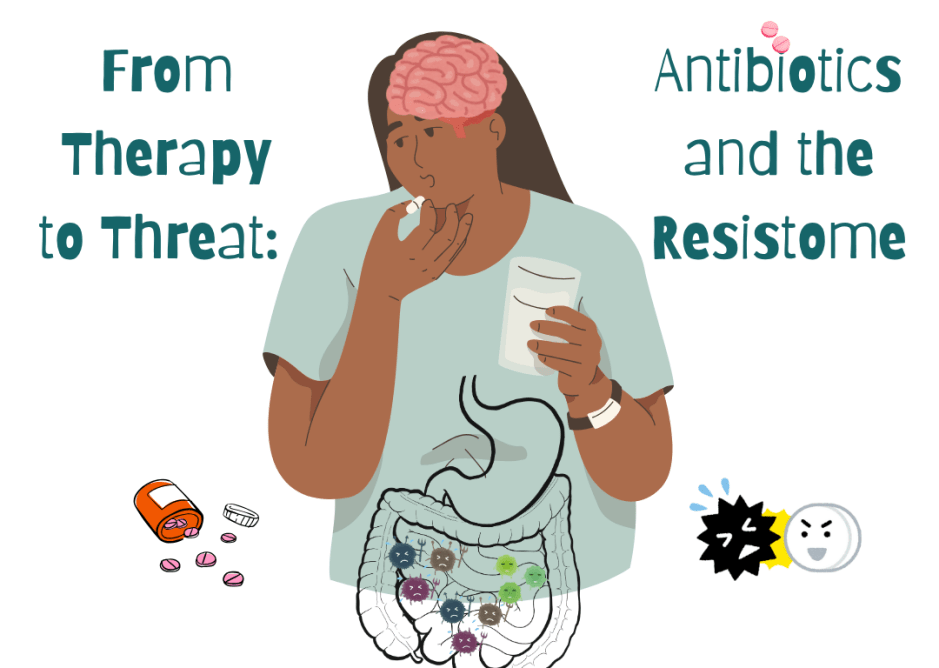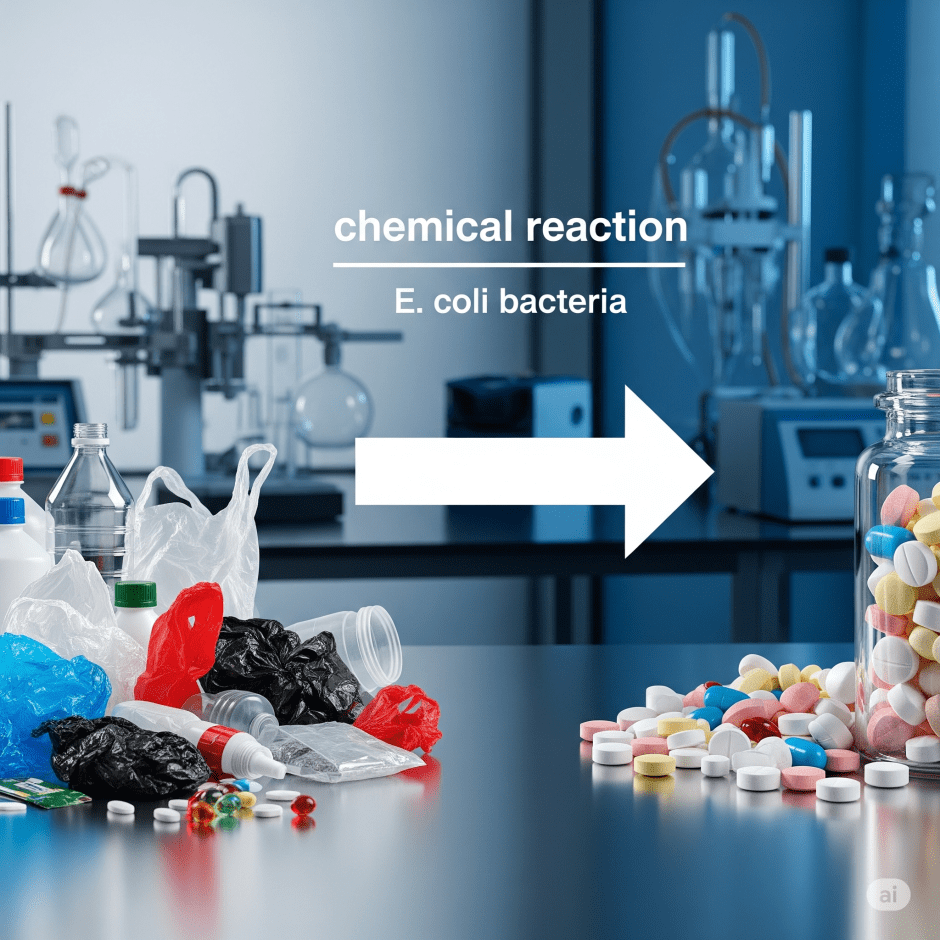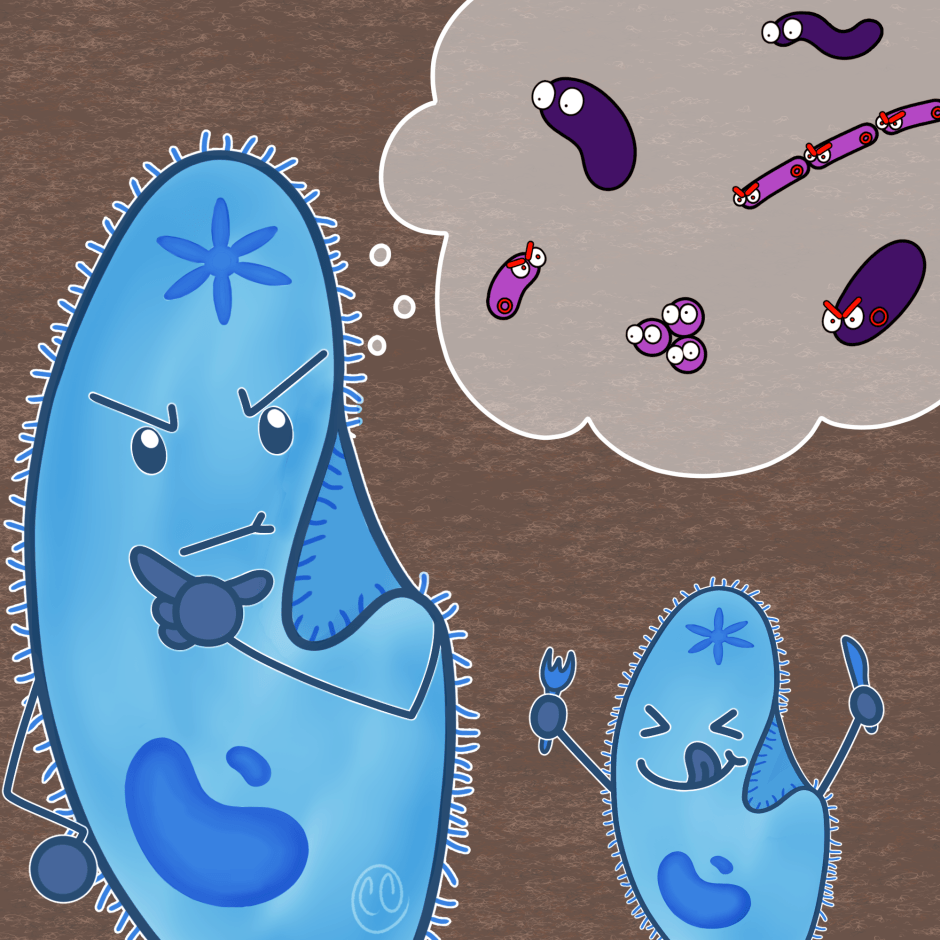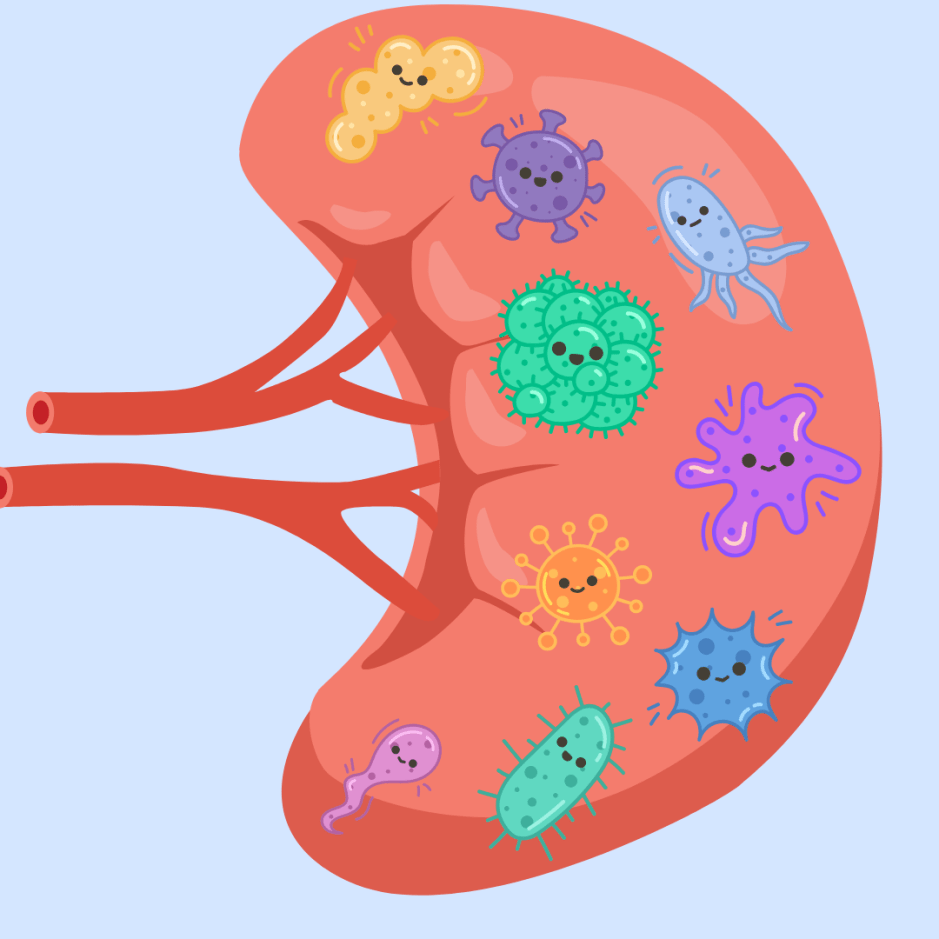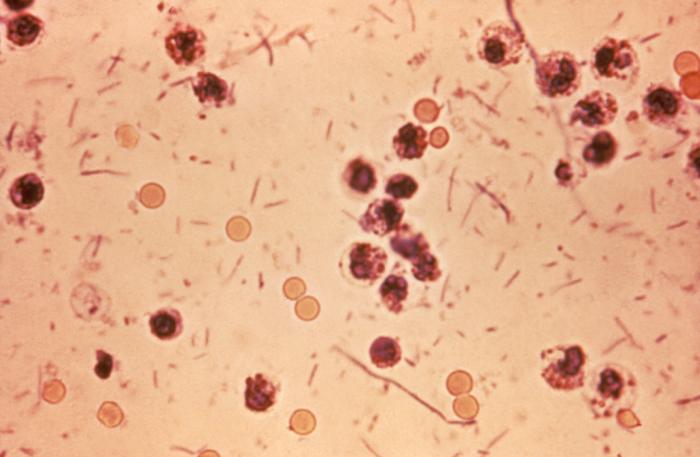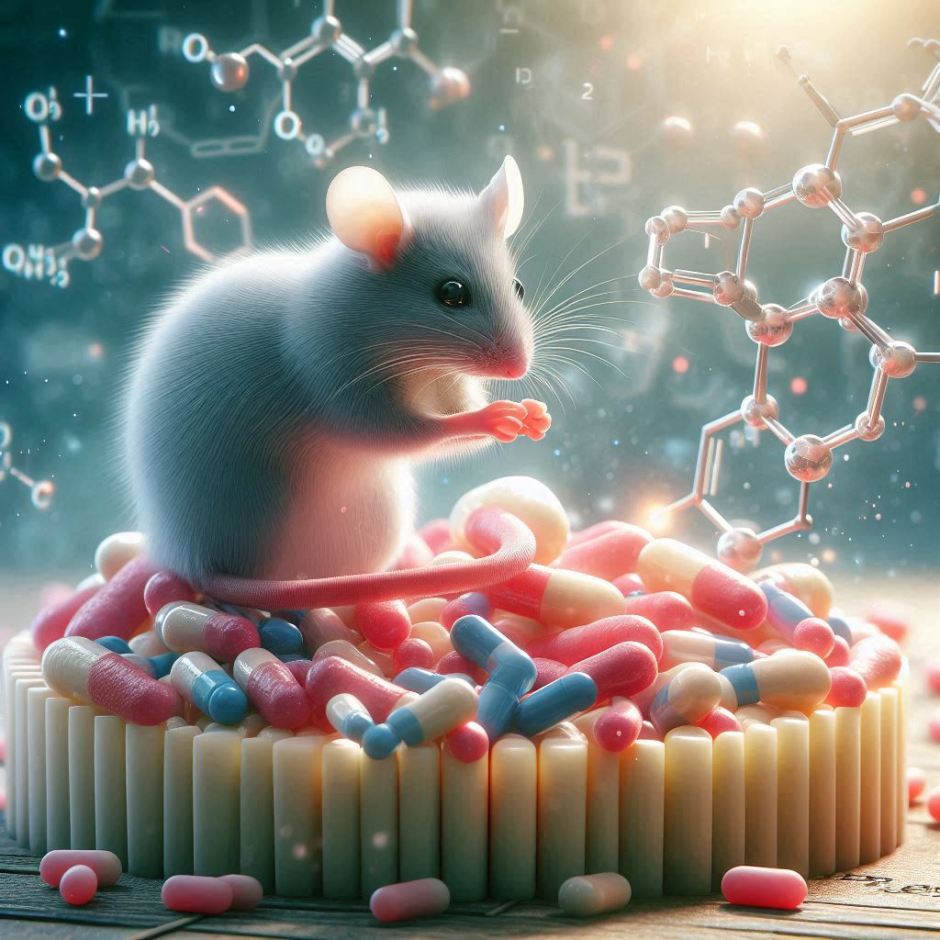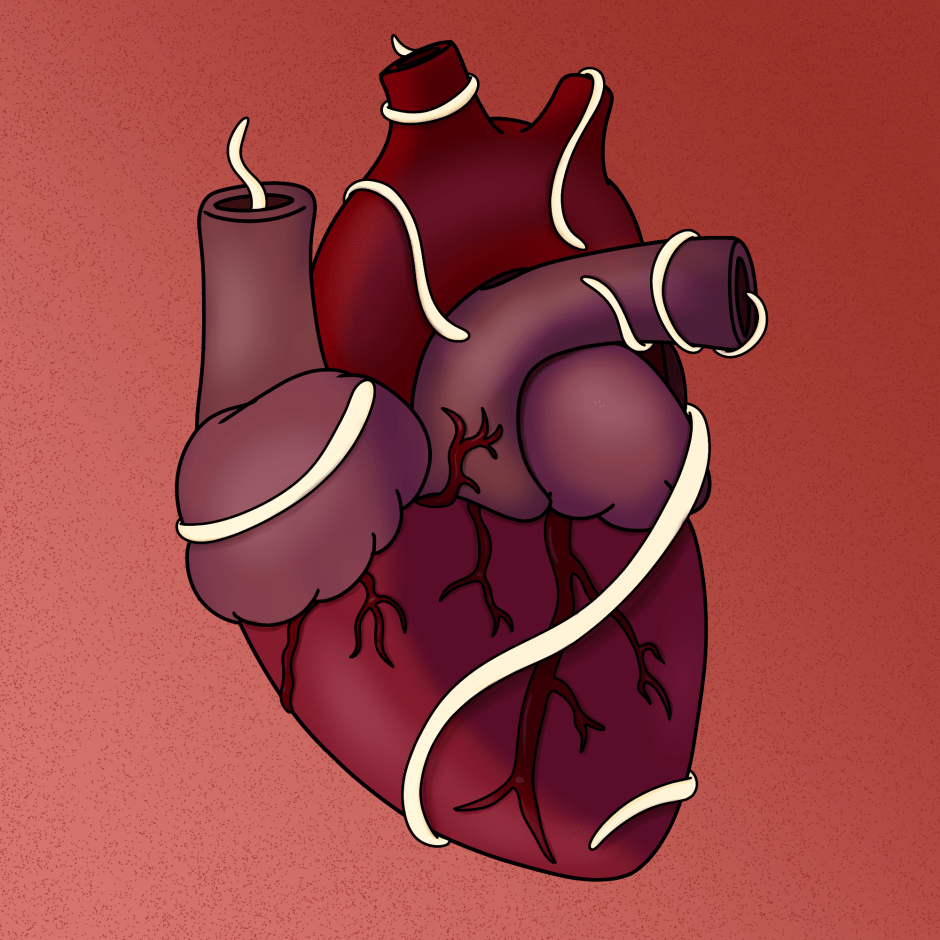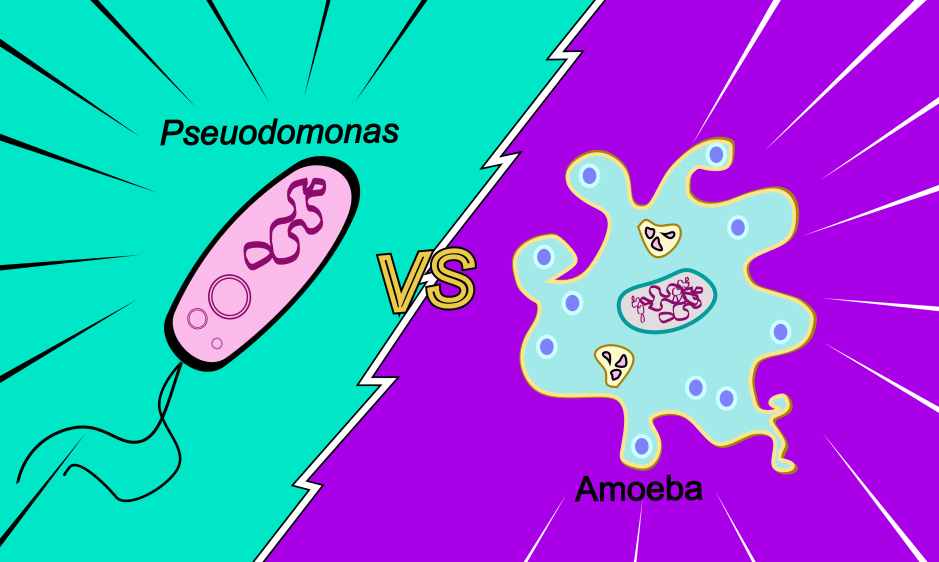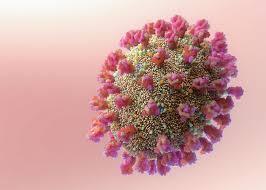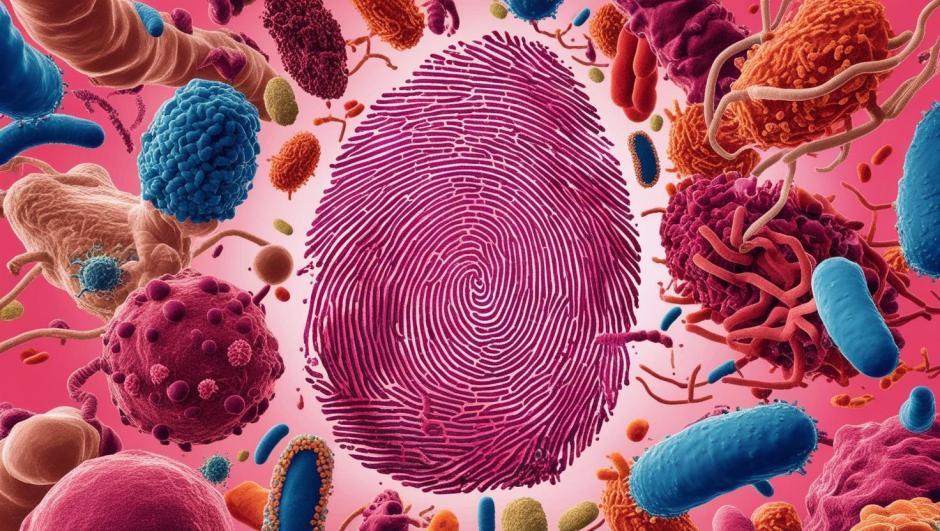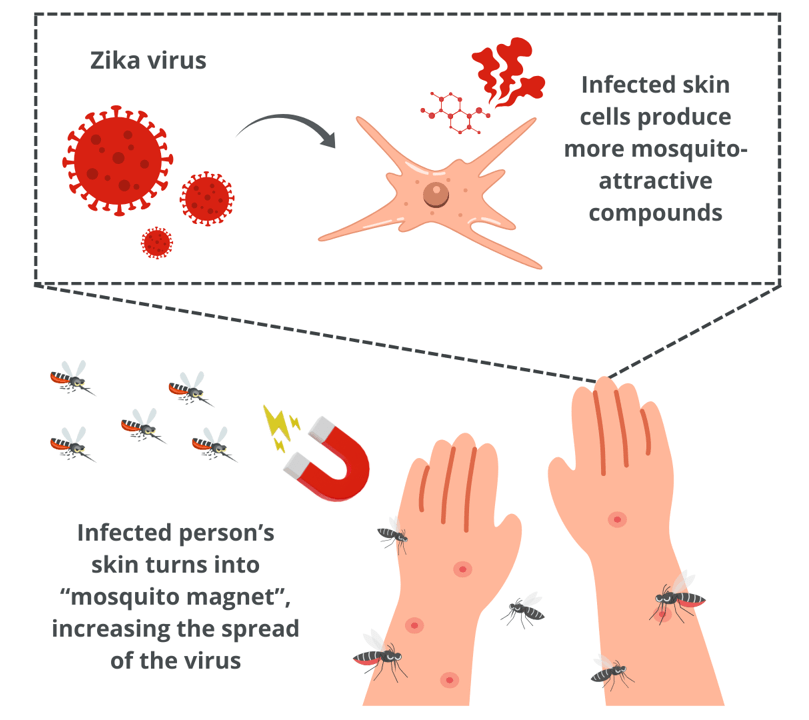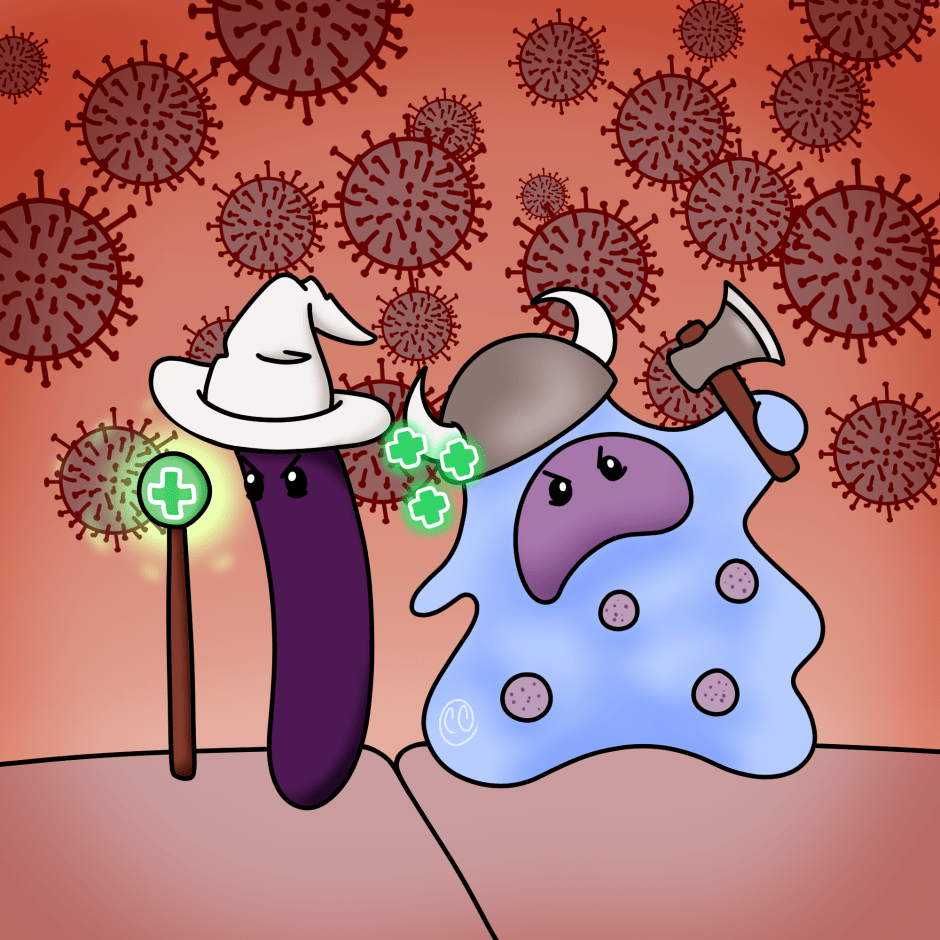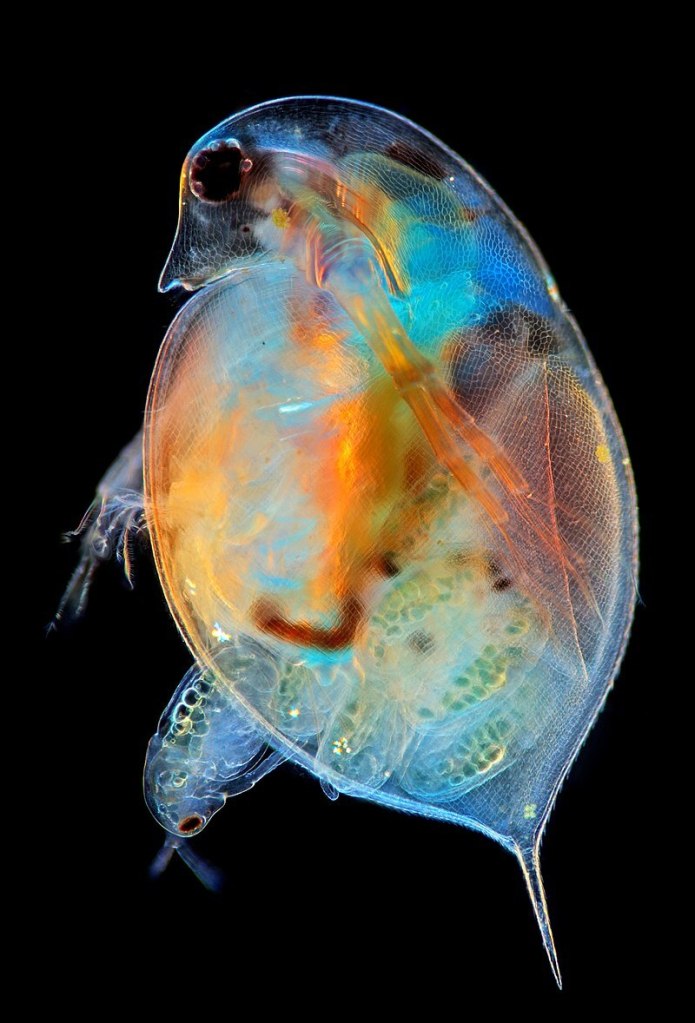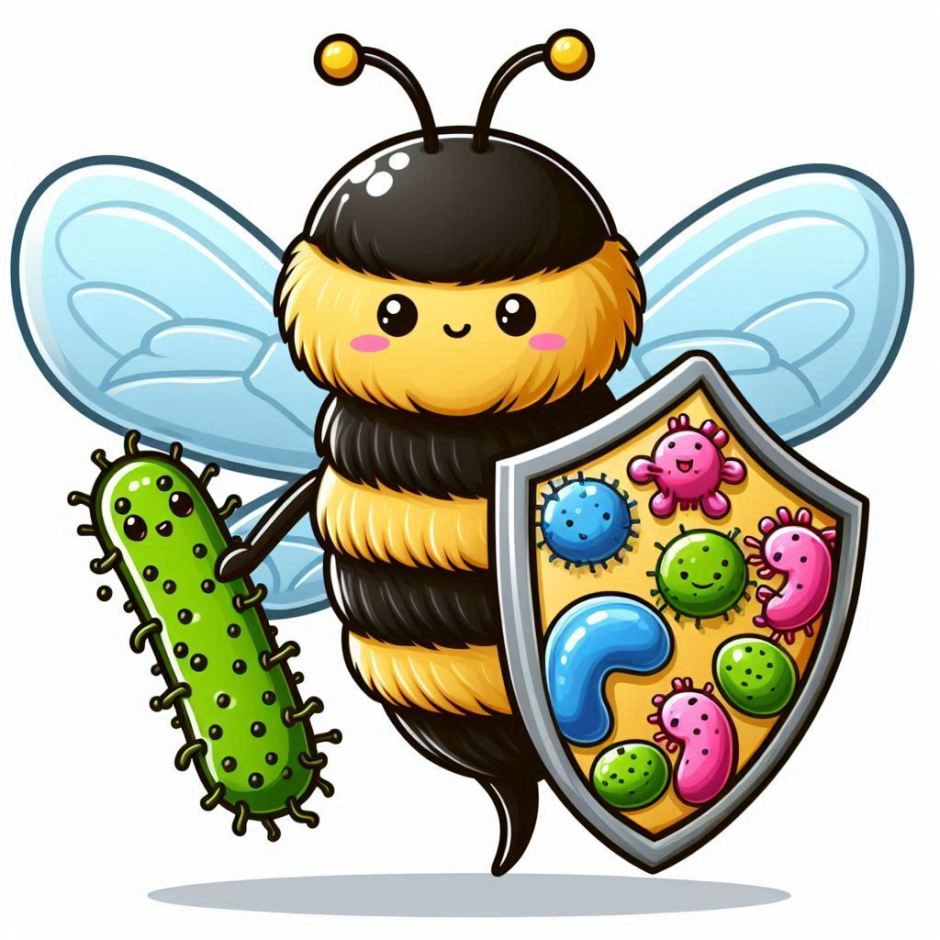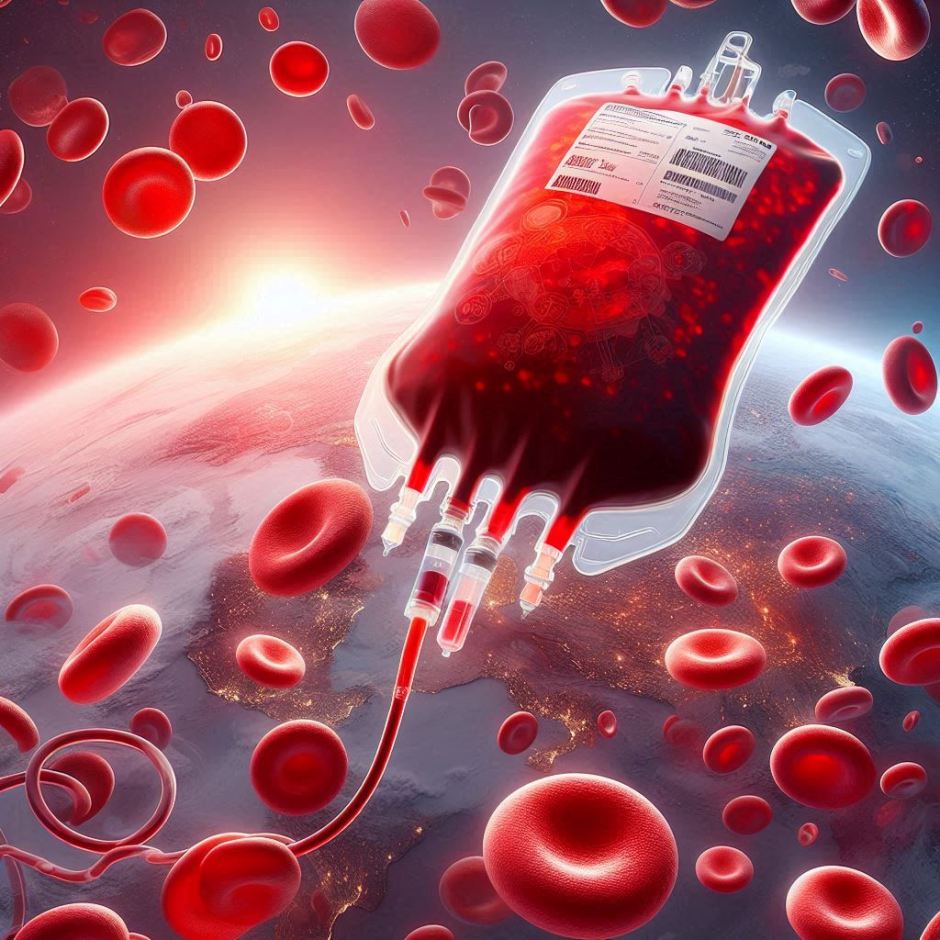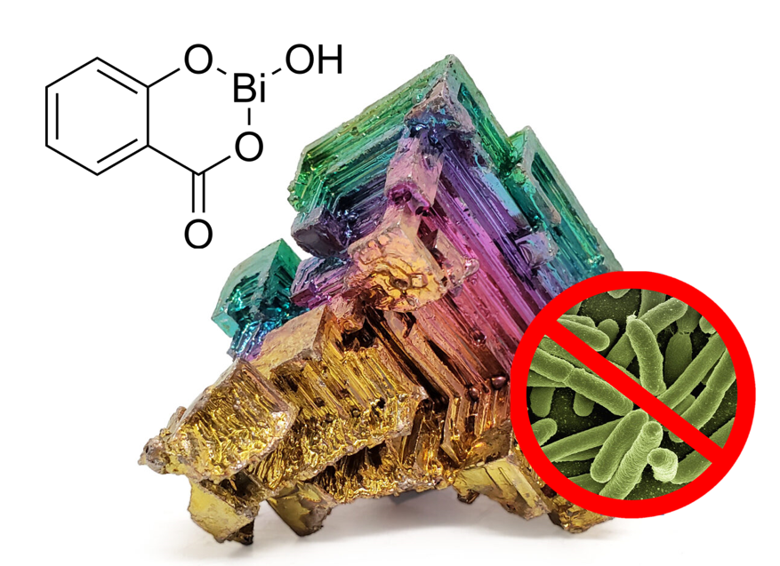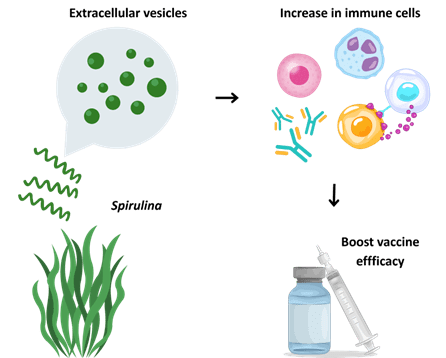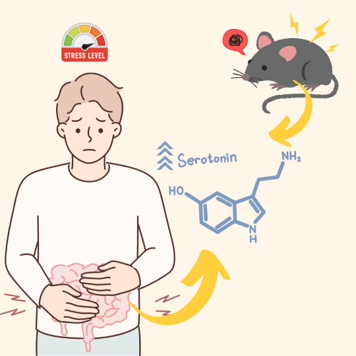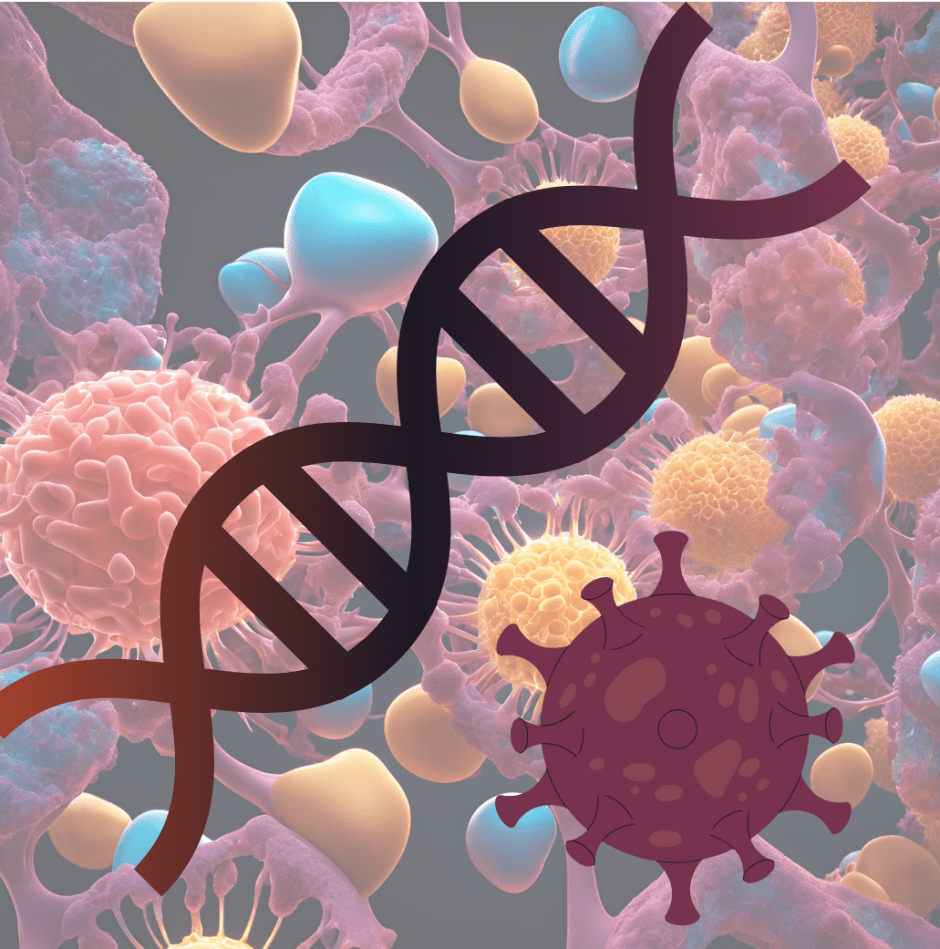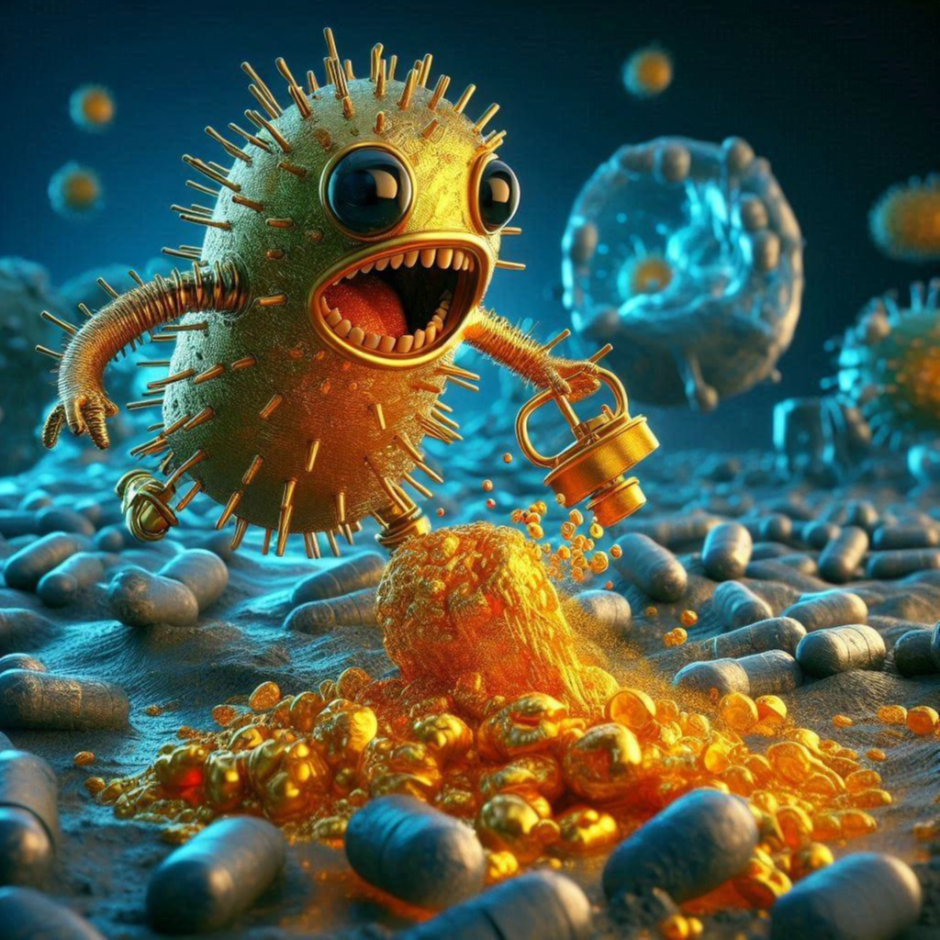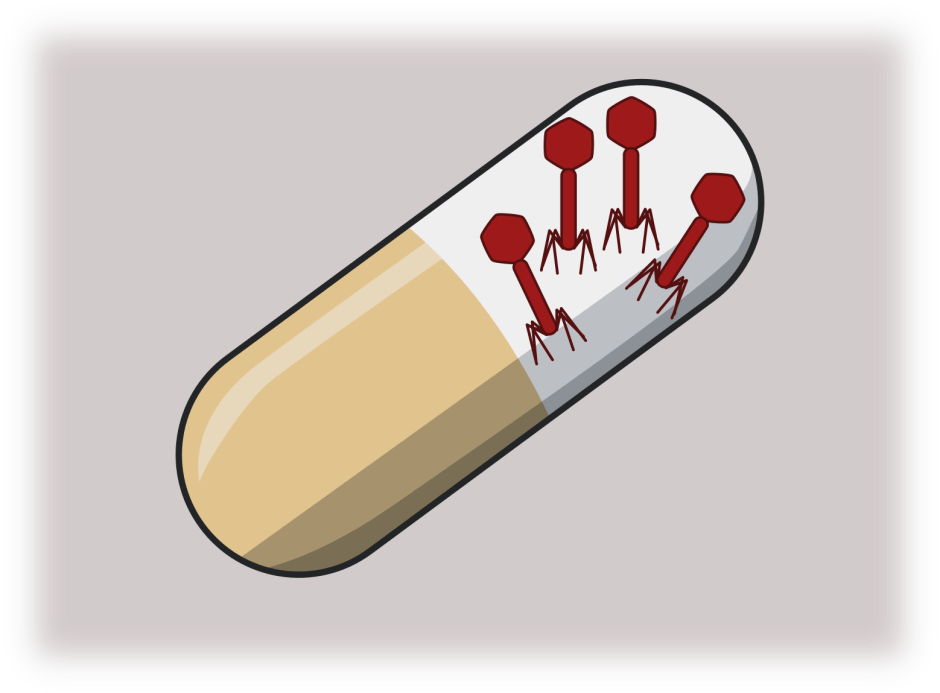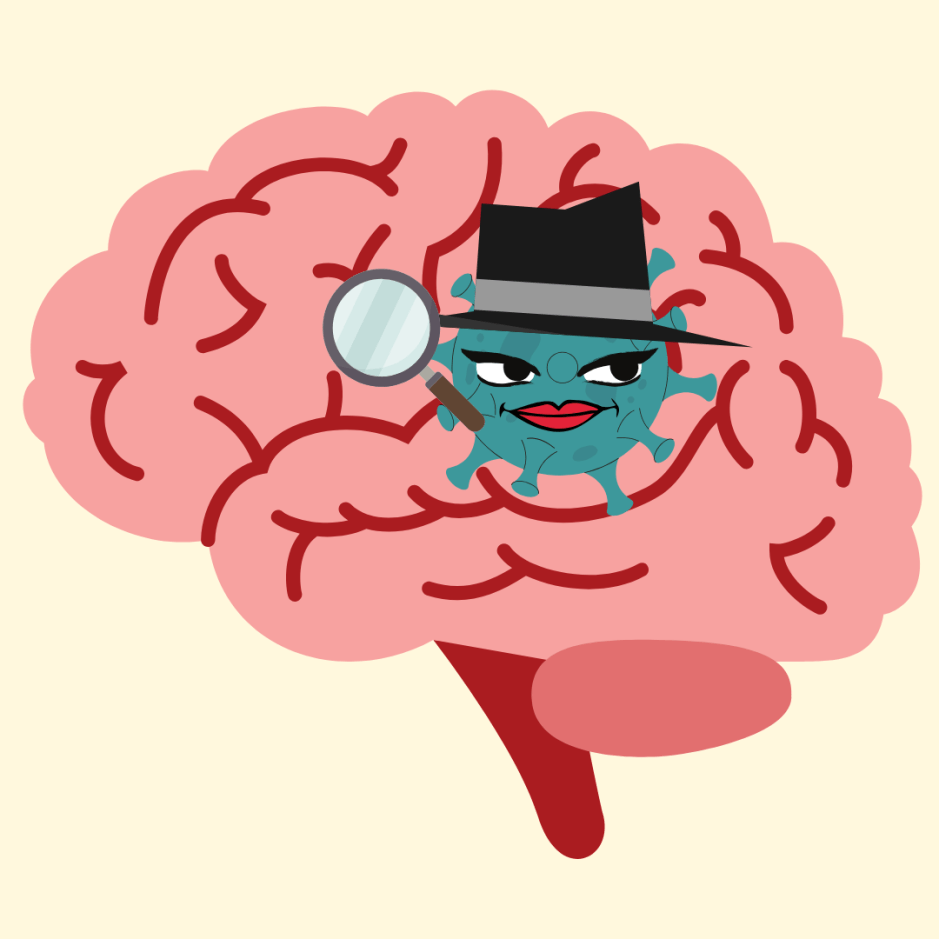
Breaking down the microbiology world one bite at a time
Hello bacteriophages, goodbye antibiotics?

Figure from Adenosine (original); en:User:Pbroks13 (redraw), CC BY-SA 2.5 , via Wikimedia Commons
These nanorobot-like microorganisms are viruses called bacteriophages as they only infect and lyse bacteria. Bacteriophages were discovered in 1915 by Frederick Twort in England, and by Félix d’Herelle in 1917 in France who first applied the discovery to human healthcare to treat infections.
Félix d’Herelle was working at the Pasteur Institute, studying the effect of dysentery on children. Dysentery is an infectious disease caused by the bacteria Shigella inducing diarrhea, which was often deadly at that time. Soon, he found the presence of a microorganism able to kill bacteria in the stool of children. This microorganism was interestingly always found in patients in recovery. He then isolated this microorganism and called them bacteriophages. He used the bacteriophage culture to treat and cure several children in a critical stage.

Photo by Megan Mathias and J. Todd Parker, USCDCP on Pixnio
From then on, phage therapy was applied to treat infections before the discovery of antibiotics. Unfortunately, antibiotics are chemical compounds that can be studied easily, and phages, which are biological, present a riskier alternative. Phages can interact with human membranes, reach the blood vessels, and interact with non-targeted tissue. But until now, there is no proof that they can cause side effects in our body. Furthermore, a phage infects a specific bacterial species. Phages of interest must be selected and mixed into a cocktail to have a maximum effect, but these cocktails are often unstable and therefore phages are not always kept active. Because of that, the effect of phage treatment is reduced.

Figure by Dr Graham Beards, CC BY-SA 3.0, via Wikimedia Commons
Because of the difference between phage therapy and antibiotics, antibiotics became the most prevalent method to treat infections. However, the resistance of bacteria to antibiotics became a real problem in the battle against infections during the last few years. Research for an alternative led us back to phages. Since bacteria are able to evolve and acquire antibiotic resistance, they can also acquire resistance to phages. Phages could evolve and would be able to kill the bacteria.
Since its discovery, phage therapy has been mainly used in France and the Soviet Union. After WWII, while France focused on antibiotics as a treatment and left the bacteriophage for experimental treatments or research purposes, the Soviet Union (now Russia, Georgia and Poland), focused on phages to treat infections and started the commercialisation of phage treatments. Phages were used to treat all kinds of infections such as cholera, abscesses, post-operation and transplant infections, skin infection, peritonitis, purulent wounds, vaginitis, mastoiditis, respiratory infections and a lot more. More recently the U.S and Belgium also agreed to use phages as treatment under certain legislation. The different treatments can be applied locally, ingested, injected in the blood, locally injected or even inhaled.
A recent project called RAPID Pneumophage, led by a French company called Pherecydes pharma who develop phage cocktails, showed the effect of inhaled phages in ventilation associated pneumonia. This bacterial infection has a mortality rate of 20% to 30%, and can be caused by intubation and ventilation of patients. Results obtained in a study on pigs showed a bacterial decrease of 99%, despite the extreme ventilation conditions (high-speed flux and strong pressure). These results are encouraging and the treatment will next be applied to patients with this type of pneumonia.
Phage therapy could be used in the case of a pandemic like COVID-19. In fact, 50% of patients who died from COVID-19 had bacterial infections such as ventilation associated pneumonia. In addition, patients with COVID-19 in critical state, have more bacterial coinfections than patients in a less-critical state. Often, antibiotic-resistant bacteria are involved in these infections and therefore the use of antibiotics is ineffective. Recently, the U.S Food and Drug Administration approved phage therapy for patients with COVID-19.
This is only the beginning of phage therapy, and it could soon be part of our daily lives!
If you want to know more about the lysis mechanism of phages, you can read this article:
Sources:
- Stephen T Abedon, Phage treatment of human infections, 66-85, Mar-Apr 2011
- Tomas Haüsler, Viruses vs. Superbugs, 2006
- Pherecydes Pharma preclinical trial results, 2021
Featured image: (Figure created by naturalismus on flickr)







